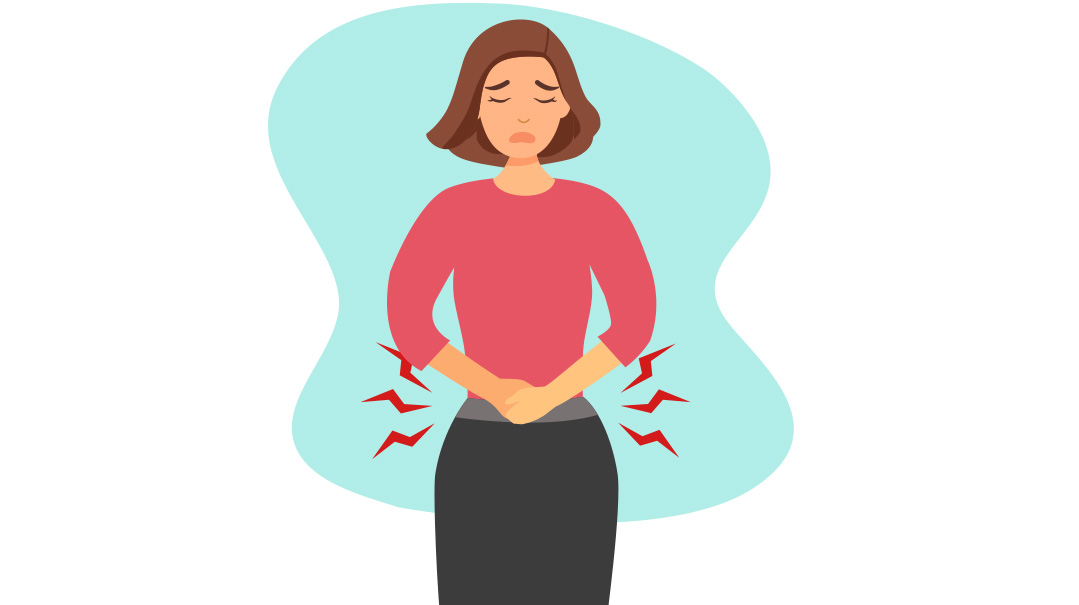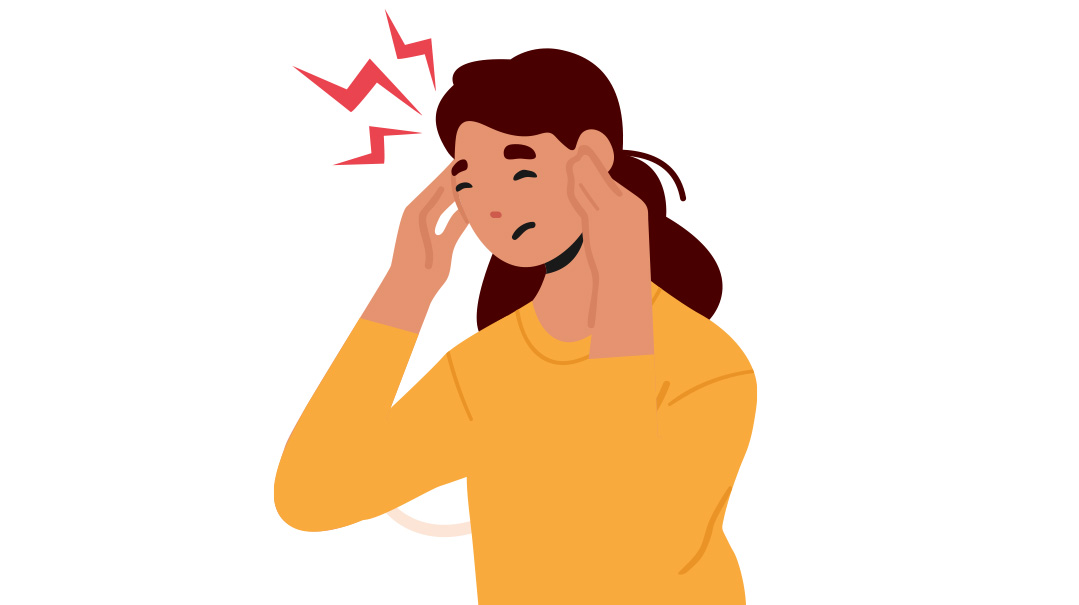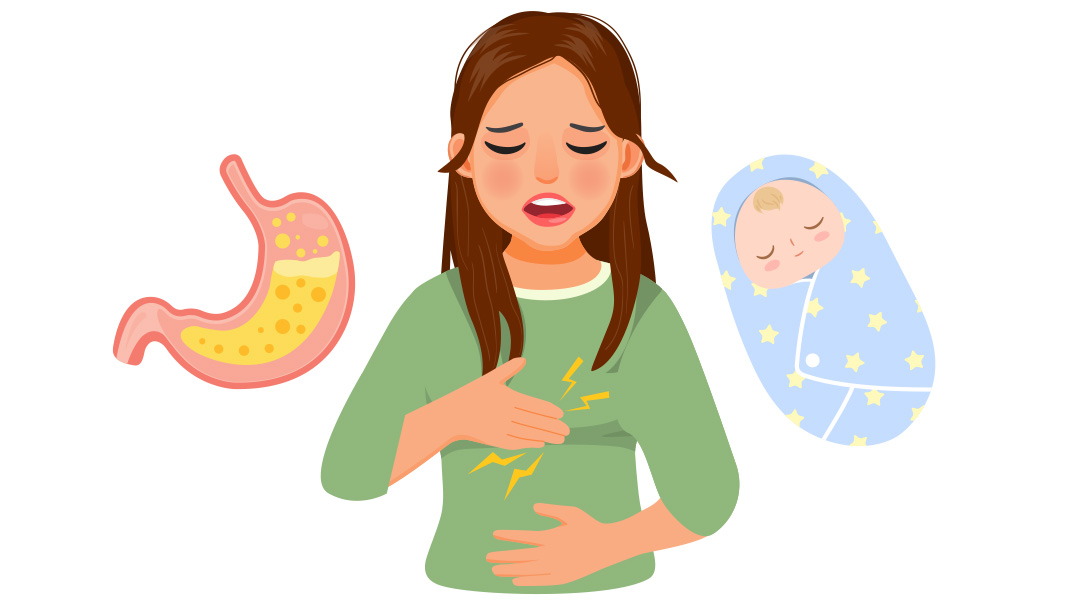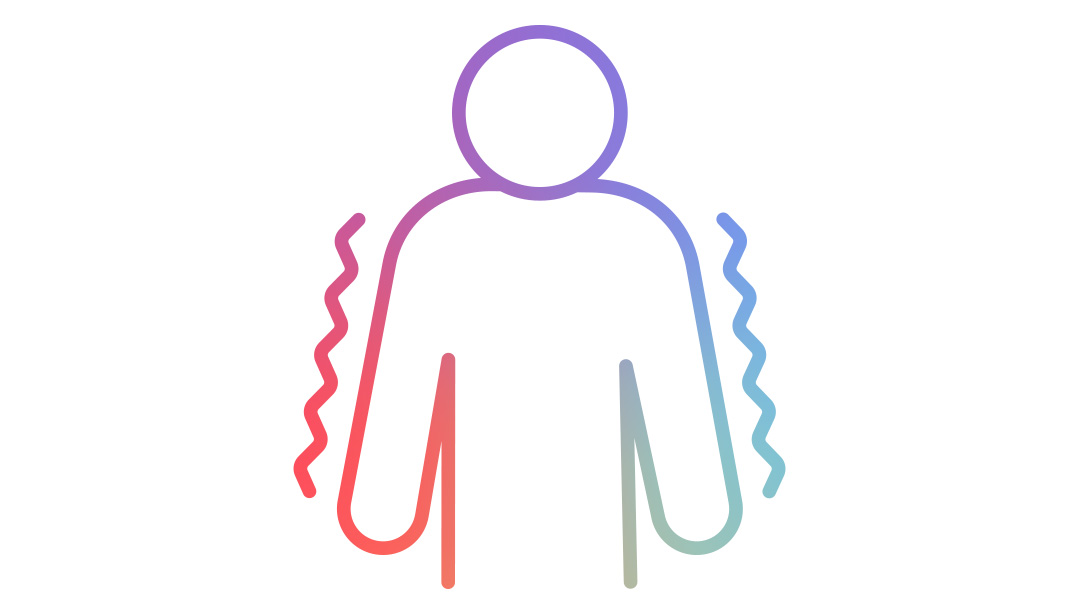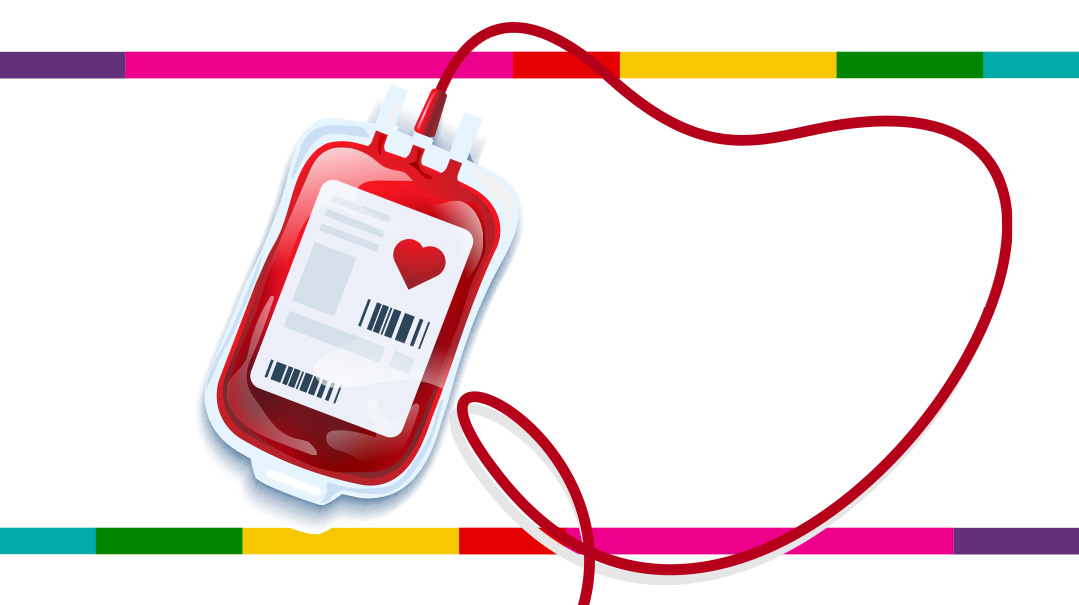Tetanus
| January 11, 2022What tetanus is, what causes tetanus, and what you can do about it
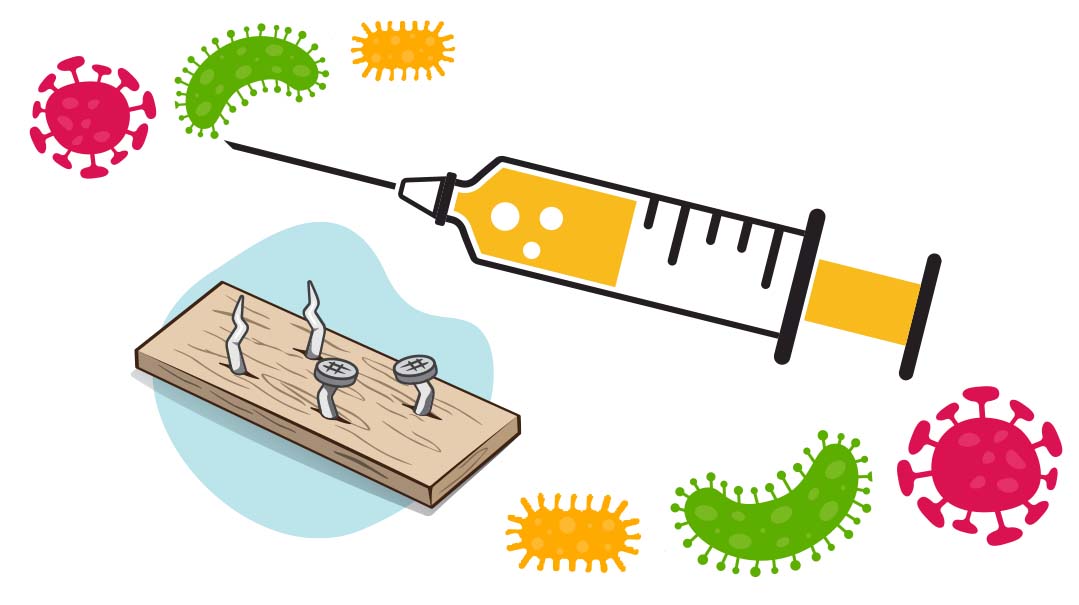
When you hear the word “tetanus,” what comes to mind?
- a) rusty nails
- b) vaccines
- c) tenacious people
- d) a kind of dinosaur
When you hear the term “Clostridium tetani,” what comes to mind?
- a) bacteria
- b) an exotic food
- c) an animal species
- d) a plant species
When you hear the term “lockjaw,” what comes to mind?
- a) your orthodontic retainer
- b) a type of facial structure
- c) a disease
- d) a kind of bear
(Answer key: 1-b; 2-a; 3-c)
If you got:
One correct answer:
Read on, you have a lot to learn.
Two correct answers:
You’re decently well informed.
Three correct answers:
Bravo, you’re an expert!
“Hold on a second,” I hear you say. “Rusty nails do cause tetanus! I know they do! Once, when my brother stepped on a rusty nail, he had to get a tetanus shot!”
Aha. Welcome to the club! A lot of people think the same way.
So let’s clear up some things: what tetanus is, what causes tetanus, and what you can do about it.
Tetanus is an infection, also known as “lockjaw,” caused by bacteria called Clostridium tetani. Once in the body, the bacteria produce a toxin (poison) that causes the person’s muscles to painfully contract (muscle spasms). These muscle contractions frequently cause the neck and jaw muscles to lock in place, causing difficulty in opening the mouth, swallowing, or even breathing (hence the name “lockjaw”). Additional symptoms include headache, fever, and sweating. Tetanus infection can also cause serious health problems, including seizures, changes in blood pressure and heart rate, life-threatening blood clots in the lungs, pneumonia, and even death (10%–20% of cases are fatal).
Okay, great, sounds just lovely.
The bacteria must enter the body to cause infection. In most cases, this happens when a contaminated object causes a cut or a wound, and the bacteria has easy entry. So here comes the rusty nail myth: Rust does not cause tetanus, but contaminated dust, soil, or manure can. So if the object that pierced the skin was dirty, there’s a higher chance of the bacteria being present. Rusty nails are generally dirty nails. That’s the whole connection, folks.
Great! So just don’t get cuts from contaminated objects and you’re good to go!
The best way to prevent tetanus is by practicing good hygiene with cuts and wounds (washing well with water and soap, and keeping the cut — even if minor — dry, clean, and covered).
But most importantly, make sure you’ve received your tetanus booster — yes, that’s a vaccine. Thankfully, since most Americans are vaccinated, tetanus infection is rare. Babies get tetanus vaccines in four doses in their first two years of life. The next booster is given at around four to six years old, and the last childhood booster (sixth dose) is around the end of elementary school. If you got your booster on time, you’re likely to be protected against tetanus for five to ten years. So make sure you got your booster, and if you missed it, be sure to make it up!
So long as you are vaccinated, and take good care of your cuts, there’s very little chance of getting tetanus. But remember to check with your doctor if the wound is deep, or dirty; sometimes, depending on the nature of the wound, your doctor will want to give you an additional tetanus shot.
Now go back and take the quiz again. Are you an expert?
Fun Facts
Tetanus cannot be transmitted from one
person to another.
A tetanus infection is usually treated in
the ICU.
Symptoms of tetanus can appear
anywhere from days to months after
exposure to the bacteria!
(Originally featured in Teen Pages, Issue 894)
Oops! We could not locate your form.

